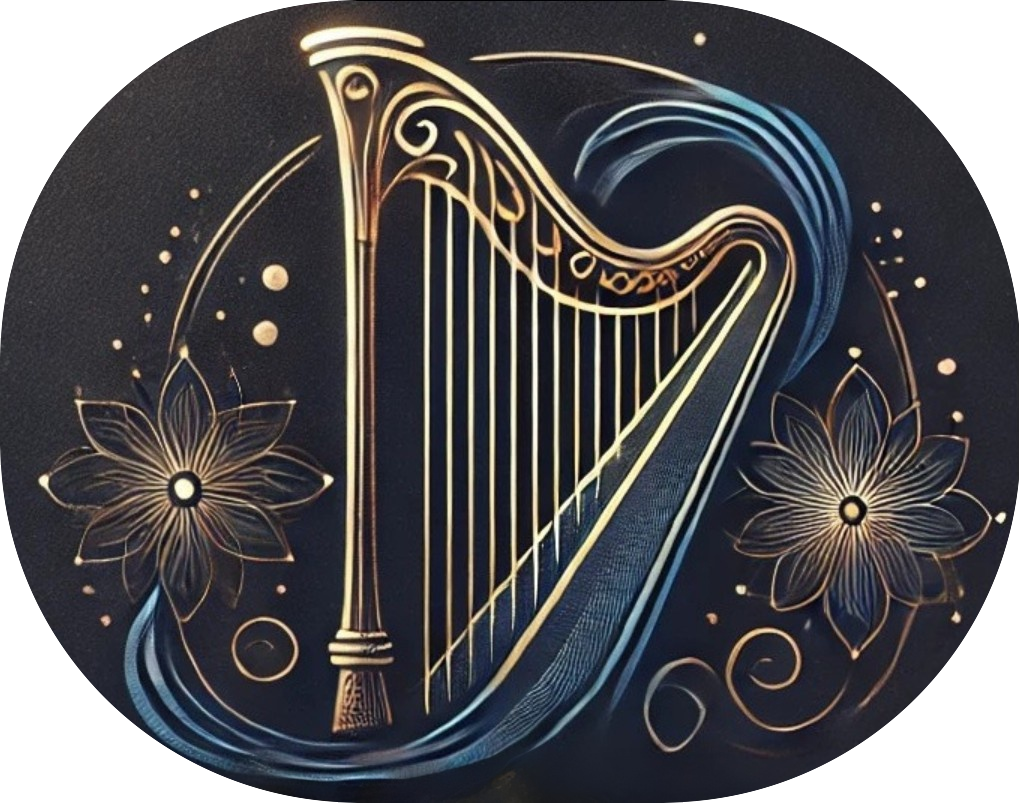Part I: Typing the Terrain to Death
You’re a Self-Pres 4 with a 5 wing. I’m a Social 9 with a strong 8 line. That explains everything… until it doesn’t.
In Enneagram circles, relationships may become elaborate exercises in typological calculus. We analyze our instincts, wings, tritypes, childhood wounds, fixations, harmonics, and the subtypes of our projections. We can turn love into some kind of diagnostic report.
And in all this typing, mapping, and strategizing, something quietly slips away: presence.
The Enneagram is a brilliant map—but it’s not the territory. And when we relate to each other primarily through the lens of personality structure, we risk making our type more real than our actual experience.
A relationship overrun by the Work—especially when the Work becomes type-centric—can slowly ossify. Differences may default to Enneatype conflicts. Every moment is filtered through instincts or defense mechanisms. We stop meeting each other freshly and start relating through Enneagram scripts.
Suddenly, we’re not two mysterious beings in communion—we’re two psychological patterns managing activation.
And yes, patterns are real. But the Work is not meant to reinforce them. It’s meant to dissolve over-identification with them. When we obsessively track each other’s reactivity and reparent our inner child in real time, we risk living in an endless self-improvement feedback loop. What was once a path to liberation becomes a clever cage made of insight.
The point is not to stop seeing patterns—but to stop mistaking them for the whole story. There is a human being behind that fixation. There is mystery behind that subtype.

Part II: The Relationship as the Fruit of the Work
A.H. Almaas reminds us that the Work ripens in the world. And for many of us, our relationships are the world. They’re where our deepest fixations play out—and where the most profound openings can happen.
The real fruit of Enneagram work isn’t better self-descriptions. It’s better self-contact. And when that contact is real, something begins to shift: we start showing up differently in relationship. Less defended. More transparent. Less controlling. More curious.
When I know I’m not just a Type 6 with anxiety but a living being with a heart, with presence, with essence, I can start meeting you—not as your structure, but as your presence.
This is the transition from map to terrain.
A true relationship doesn’t require fluency in type—it requires presence. Presence doesn’t mean being issue-free. It means being here, open, curious, real. And when both people are oriented that way, something extraordinary can emerge: a relational field where the Work unfolds not as effort, but as expression.
This is when inquiry becomes play. When conflict becomes intimacy. When difference becomes a gift. When love becomes less about your lines of connection—and more about the space between us that keeps deepening.
This is the fruit. And it doesn’t grow by analyzing the seed. It grows by nourishing the soil with attention, honesty, and willingness.

Part III: Are We Doing the Work, or Are We Being Worked?
At some point, every Enneagram student faces a humbling question: Am I using this system to become more real—or just more refined and defined?
Am I engaged in the Work as a way to liberate essence? Or am I managing myself with more elegant tools?
This question matters in relationship because if I’m using my knowledge of your type to navigate you, I’m not meeting you. I’m managing you. And if I’m using the Work to make myself more palatable, I’m still stuck in the ego project—just with better branding.
The ego can co-opt anything—including transformation.
There is a flavor of Work that smells like control: “If I can name it, I can fix it. If I can trace it, I can escape it. If I can get you to understand your reactivity, then I’ll feel safe.”
But there is another orientation: allowing.
Allowing doesn’t mean passivity. It means trusting the unfolding of Being more than the ego’s strategy. It means opening to the now rather than optimizing for the future. It means being with—not fixing—what arises.
And when this becomes our orientation, the relationship becomes a field of revelation. Not a project. Not a theory. A living field. An encounter with something more profound than type: with essence, with heart, with the freedom that comes when you stop trying to improve and simply start to be.
From Typology to Intimacy
The Enneagram is a beautiful compass—but no compass tells you what the sunset feels like.
So when you find yourself mid-argument thinking, “Well, that’s your three structure seeking validation from my 1 superego,” maybe pause. Maybe drop the diagram. Maybe look at the human being in front of you. Maybe feel your tender heart.
Because in the end, the Work is not about mapping our way out of conflict. It’s about falling into love—eyes open, ego disarmed, type included but not in charge.
And maybe that’s where the real Work begins.
John Harper (Enneatype 8) is a Diamond Approach® teacher, Enneagram guide, and student of human development whose work bridges psychology, spirituality, and deep experiential inquiry. He is the author of The Enneagram World of the Child: Nurturing Resilience and Self-Compassion in Early Life and Good Vibrations: Primordial Sounds of Existence, available on Amazon.

